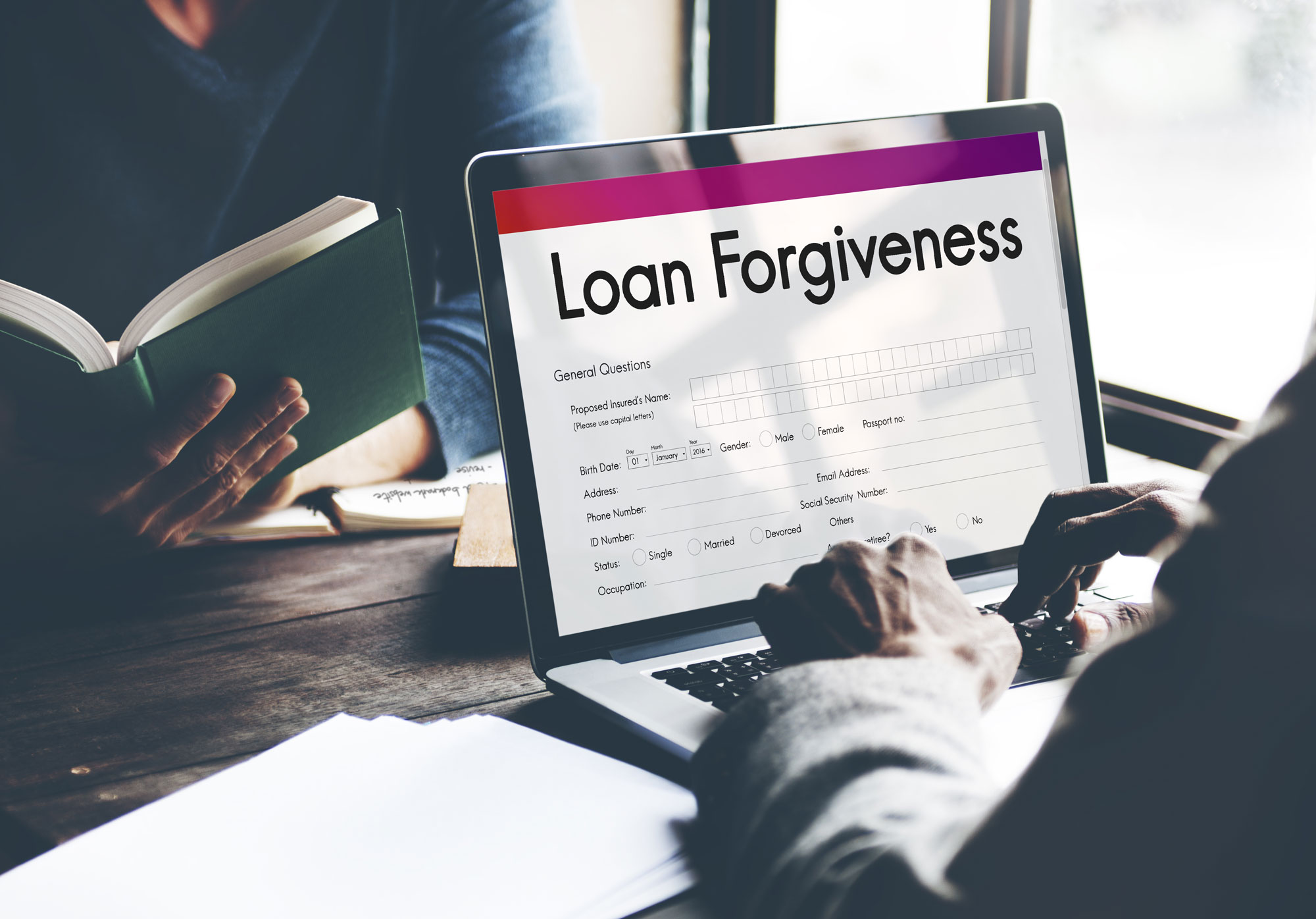
Providing Clarity in Light of the Recent Student Loan Announcement
Last month, President Biden announced limited loan cancellations and provided information unveiled by the Department of Education and Student Loan Servicers. People disagree when it comes to loan forgiveness, but, for a clearer understanding, Impact Capital Funds has broken the information down into three general categories: Loan Cancellation, the Pause Extension and Additional Information, and What to do Before Payments Recommence.
Our goal is to provide readers the details they need in order to act and make informed financial decisions for themselves.
Student Loan Cancellation
While some hoped that President Biden would cancel as much as $50,000 in student loan debt, $10,000 ensures that at least some assistance was provided to more than 40 million borrowers. This relief applies to those who have federal student loans in the form of undergraduate loans, graduate loans, and Parent PLUS loans managed by the Department of Education. Generally, these loans fall under the William D. Ford Federal Direct Loan Program and include Direct Stafford Loans, Direct Subsidized Loans, and Direct Unsubsidized federal student loans.
Alternatively, you may have a Federal Family Education Loan (FFEL loan). Although discontinued after July 1, 2010, 10 million Americans that attended college prior to that hold this type of loan. While half of those loans are held by the Department of Education – and thus will be eligible for loan cancellation – the other 50% are held commercially and there is concern those loans won’t be included in Biden’s plan. Basically, if a borrower has not had to make payments during the pause, they are most likely eligible for student loan cancellation, but the amounts vary and so does a borrower’s income.
For additional information, go to studentaid.gov to find out where your FFEL loan is held. Additionally, the Department of Education encourages those with FFEL loans to call their loan servicers and ask to have their loans consolidated into the Direct Loan Program to become eligible for forgiveness.
The other factors that influencing student loan debt forgiveness are income levels and and whether or not you received a Pell grant for your studies. A Pell grant is awarded to undergraduate students who “display exceptional financial need and have not earned a bachelor’s, graduate, or professional degree” according to the US Department of Education. One in three undergraduate students received a Pell grant.
|
Cancellation Amount |
Individual Income (less than) |
Household Income (less than) |
|
$10,000 |
$125,000 |
$250,000 |
|
$20,000* |
$125,000 |
$250,000 |
The eligibility requirements vary for the two levels of loan cancellation:
*Must have received a Pell grant for undergraduate education.
The loan cancellation process should begin in November 2022, and a federal student loan forgiveness application is expected to be available in early October. Once a borrower completes the form, relief can be expected within four to six weeks, according to the Department of Education. Borrowers have until November 15th to submit the form if they wish to qualify for forgiveness prior to the resumption of monthly payments. The department offers a subscription page which will notify you when the application becomes available. Check the box that reads: “NEW!! Federal Student Loan Borrower Updates.”
The Pause Extended and Additional Information
Beyond the anticipated loan forgiveness, forbearance on monthly student loan payments has been extended until December 31, 2022, meaning that borrowers won’t have to resume making payments until January. Three weeks prior to your first payment being due, you should receive a billing notice from your loan servicer. That said, if you have continued making payments throughout the pandemic you may be able to qualify for a refund.
Getting a refund on the payments made during loan forbearance is an option for those have made payments or fully paid off their loans since March 2020, but contacting your loan servicer and ensuring your eligibility is recommended prior to requesting your loan balance to its prior amount (in order to apply for loan cancellation).
Beyond the immediate relief provided by President Biden’s Loan Forgiveness Plan, a cap on payments for undergraduate loans is also included. Presently, most repayment plans require a borrower to pay 10-15% of their discretionary income monthly in loan repayment. The new rate will be 5% of discretionary income and after 20 years of payments, people’s undergraduate loan obligation will be fulfilled. According to CNBC, “The plan would also increase the threshold of what’s considered non-discretionary income that’s protected from repayment. The White House says this will guarantee anyone earning below the annual equivalent of a $15 minimum wage will not have to make a monthly payment.”
What to Do Before Payments Commence on January 1st
All that being said, there are several steps borrowers should take in the months leading up to the resumption of payments:
- Verify your income according to your 2020 and 2021 tax returns to be assured you meet the cancellation criteria.
- Ensure your loans qualify for cancellation.
- Sign up for federal student loan borrower updates on the Department of Education’s website. You’ll be notified when the application becomes available.
- Watch out for scams – they started appearing within hours of the President’s announcement. Calls were made to borrowers to help people retrieve the $10,000 or $20,000 in loan forgiveness. Make sure you deal directly with the Department of Education through its website or contact your loan servicer when applying for forgiveness.
- Consider tax implications. The student loan forgiveness plan is not expected to trigger any income tax consequences on federal returns, but some states may consider this debt forgiveness a taxable event. 13 states (Arkansas, Hawaii, Idaho, Kentucky, Massachusetts, Minnesota, Mississippi, New York, Pennsylvania, South Carolina, Virginia, West Virginia, and Wisconsin) have the potential to tax cancelled student loan debt, although New York and Pennsylvania stated recently that the cancellation of student loan debt would not be included as taxable income.
News outlets across the country have continued to provide additional information in the days since President Biden announced loan forgiveness plan. Our hope is that we too have provided a little more clarification and allowed our readers to make better-informed financial decisions.
That said, while the loan forgiveness plan will help some borrowers, it doesn’t address the systemic problem of rising tuition costs and doesn’t provide parents or students with all the information they'll need to continue making financial and educational decisions that will affect them for a lifetime – but that’s a topic for another article.



